Dinosaurs Were Cut Down in Their Prime When Fatal Asteroid Hit Earth, New Study Reveals
Age-old science mysteries resolved.
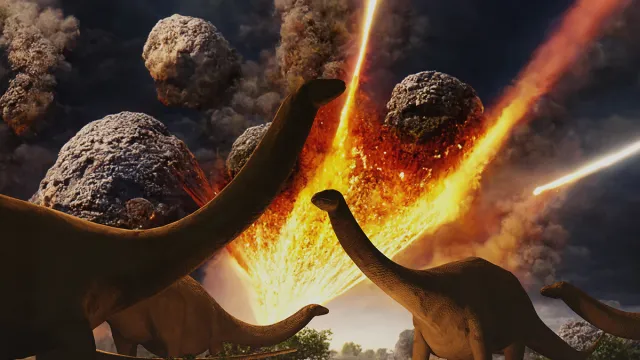
It’s widely understood that a catastrophic asteroid strike ended the era of the dinosaurs about 66 million years ago. How they were faring as a species when that happened is more controversial. But a new study suggests that the dinosaurs weren’t in decline when they were wiped out, as has been theorized, but thriving in their prime.
One of the study’s leaders said their findings “help us to understand one of the age-old mysteries of paleontology: why all the non-bird dinosaurs died, but birds and mammals endured.” The new study was published in the journal Scientific Advances. Read on to find out what the scientists found and why modern humans evolved out of the chaos while dinosaurs could not.

In the study, an international team of paleontologists and ecologists analyzed 1,600 items from the North American fossil record. Using this, they built simulations of food chains and habitats before and after the asteroid strike—the last 18 million years of the Cretaceous period and the first 4 million years of the Paleogene period. “When the asteroid hit, it threw everything into chaos, and dinosaurs could not deal with the sudden change to a world they were so accustomed to,” said University of Edinburgh paleontologist and study co-author Steve Brusatte.
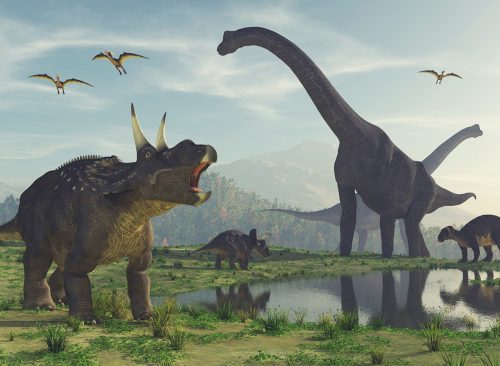
The scientists found that immediately before the asteroid strike, dinosaurs were a robust species—they dominated every ecosystem on the planet. This rebuts other studies that found very large plant-eating dinosaurs known as “megaherbivores” were in decline, signaling the slow death of dinosaurs overall. The new study suggests that huge dinosaurs were being replaced by slightly smaller ones, and they were continuing to evolve up to the asteroid strike. “There has been this nagging thought that dinosaurs may have been on their way out anyway, in the midst of a long-term decline, when the asteroid put them out of their misery,” said Brusatte. “We can now say with conviction: dinosaurs were going strong, with stable ecosystems, right until the asteroid suddenly killed them off.”
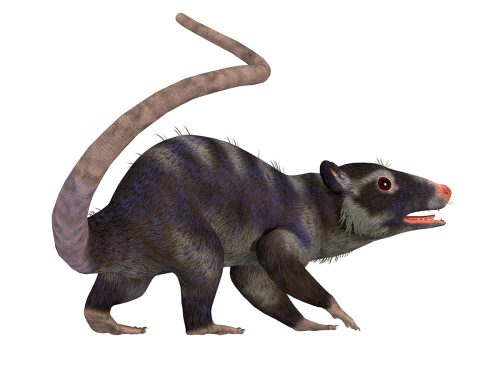
The new analysis countered another piece of conventional wisdom: That not much was going on with mammals during the dinosaur era. Instead, the study found that while massive dinosaurs ruled the planet, mammals were developing and diversifying. When the asteroid hit, they already included creatures like didelphodon, a cat-sized predator, and purgatorius, a rat-sized creature that appears to have been a very early relative of modern primates, including humans.
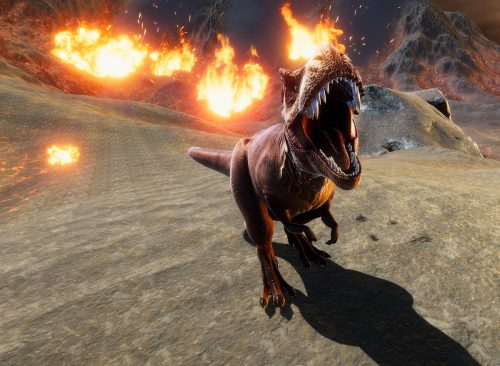
The study suggests that mammals didn’t just fill a vacuum created by the dinosaurs’ extinction. They were developing more varied diets and behaviors while the dinosaurs were still alive. In a sense, the early mammals that survived the asteroid impact were “pre-adapted” to post-asteroid Earth, said Brusatte. They could eat a wide variety of foods and deal with shifts in temperature, which dinosaurs could not.
RELATED: The 10 Most “OMG” Science Discoveries of 2022
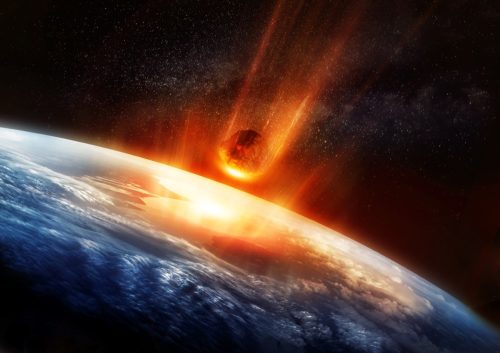
“Mammals and dinosaurs have the same origin story – they both originated and began to diversify back in the Triassic Period, around 230 million years ago, on the supercontinent of Pangea,” said Brusatte. “From there, they went their separate ways, with dinosaurs going for grandeur and mammals relegated to small sizes in the shadows,” he added. “But their fates would be forever intertwined. Mammals were there when the asteroid hit. They made it through. We had ancestors that stared down the asteroid.”














